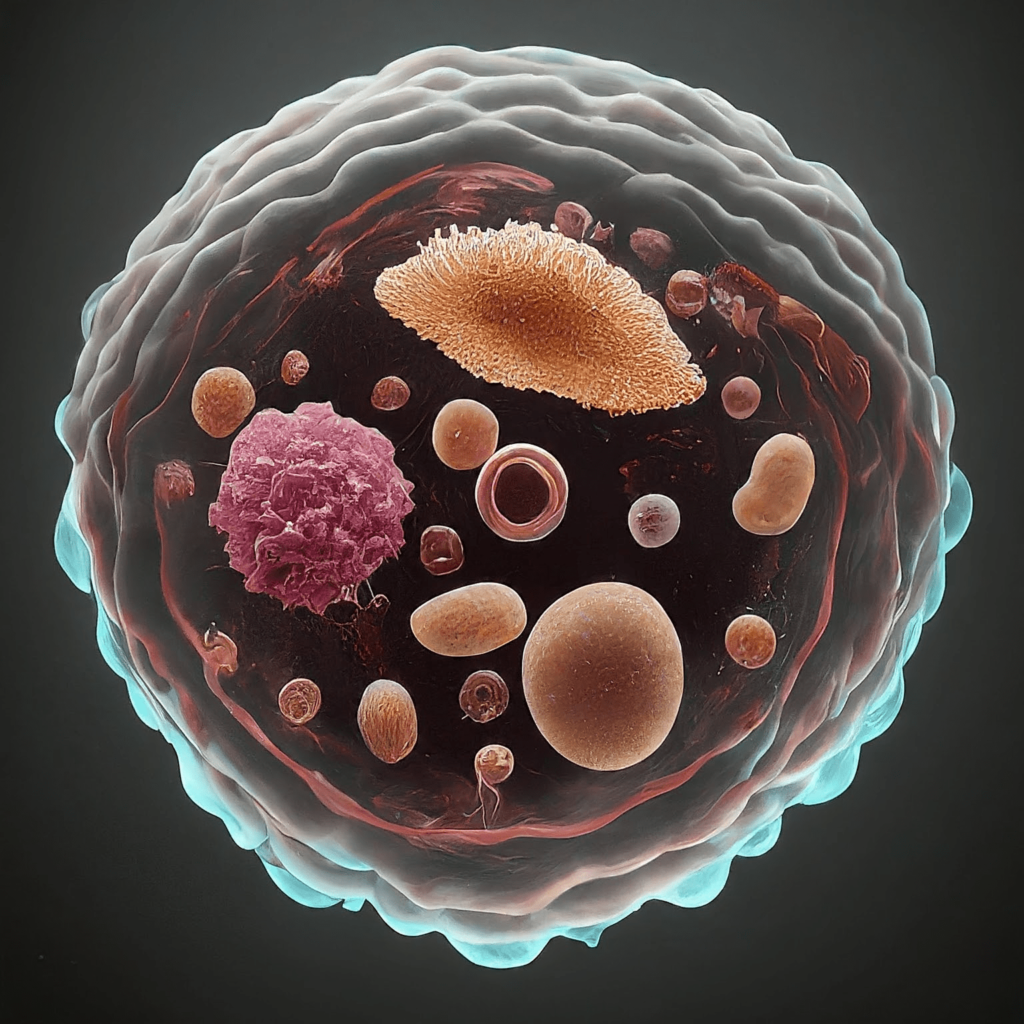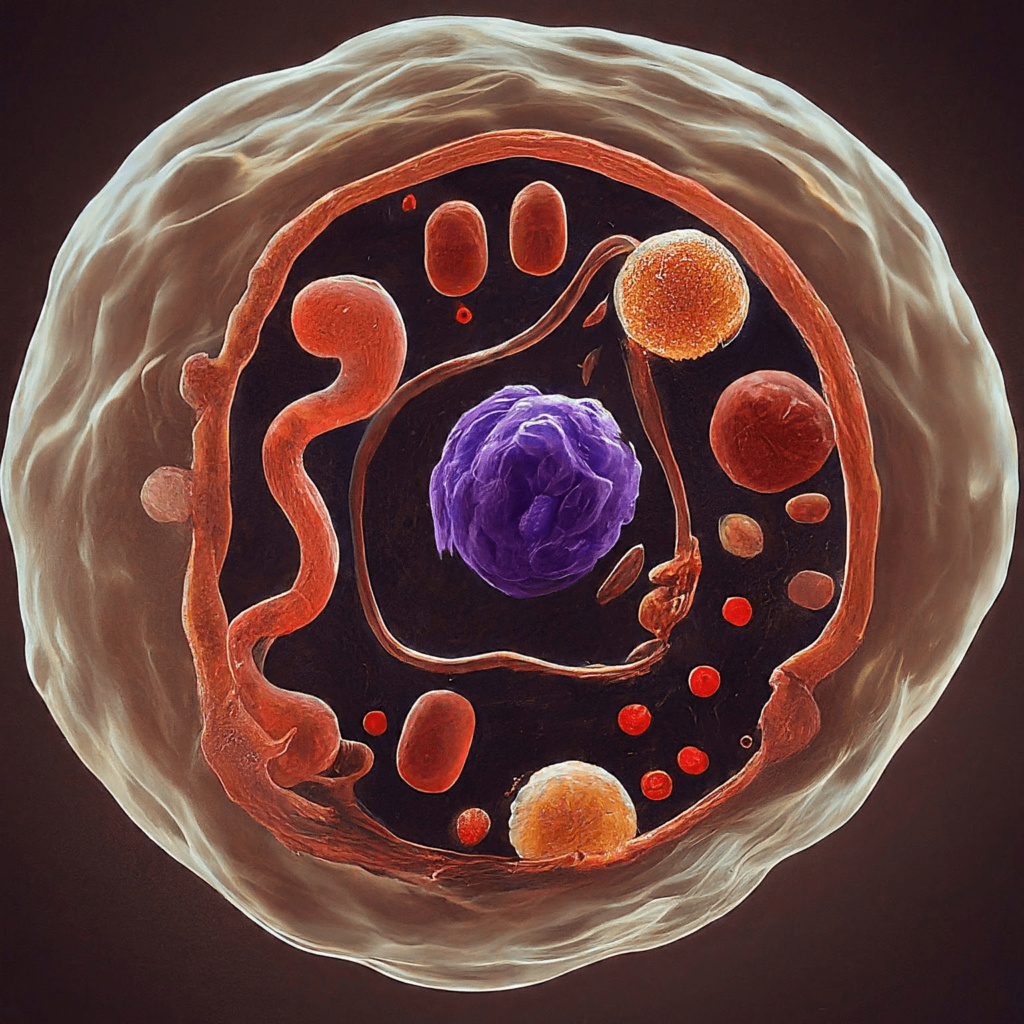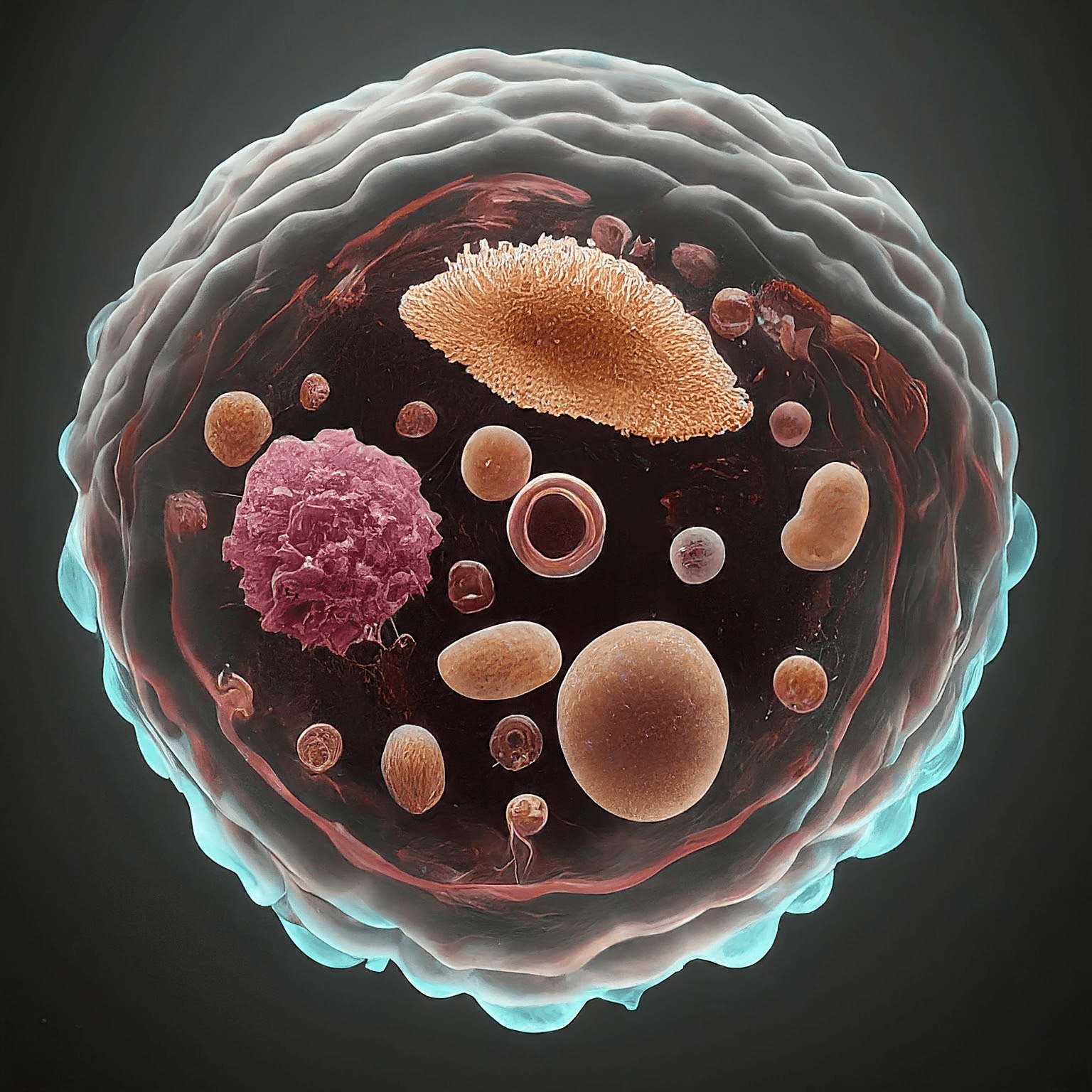Organelles are membrane-bound structures within a cell that perform specialized functions such as energy production, protein synthesis, and waste management. They are crucial for the overall functioning and survival of cells in both plants and animals.
Table of Contents
What Are Organelles?
Organelles are tiny, membrane-bound structures inside cells that are responsible for carrying out specific functions. The word organelle literally means “little organ,” and each one contributes to the overall functioning of the cell, akin to how different organs work together in the human body.
Cells can be broadly classified into two types:
- Prokaryotic cells (which lack membrane-bound organelles, such as in bacteria)
- Eukaryotic cells (which contain complex organelles, such as those in plants and animals).
In eukaryotic cells, organelles are suspended in a jelly-like substance called cytoplasm, and each organelle plays a unique role in maintaining the cell’s life cycle.


Major Types of Organelles and Their Functions
1. Nucleus
The nucleus is often referred to as the control center of the cell. It houses the cell’s DNA, the blueprint for all genetic information, and controls all activities related to growth, metabolism, and reproduction. The nucleus is surrounded by a double membrane called the nuclear envelope, which protects the genetic material.
Key Functions:
- Stores genetic information (DNA)
- Coordinates cell activities (growth, metabolism, protein synthesis, and reproduction)
2. Mitochondria
Known as the powerhouse of the cell, mitochondria generate the energy cells need to carry out their functions. They convert glucose into a molecule called adenosine triphosphate (ATP) through a process known as cellular respiration.
Key Functions:
- Produce energy (ATP)
- Regulate cellular metabolism
3. Endoplasmic Reticulum (ER)
The ER is a network of membranes involved in protein and lipid synthesis. There are two types of ER:
- Rough ER: Studded with ribosomes, it plays a key role in protein production.
- Smooth ER: Lacks ribosomes and is involved in lipid production and detoxification processes.
Key Functions:
- Protein synthesis (rough ER)
- Lipid synthesis and detoxification (smooth ER)
4. Golgi Apparatus
This organelle is the packaging and shipping center of the cell. It modifies, sorts, and packages proteins and lipids into vesicles for transport either within the cell or to the exterior.
Key Functions:
- Modifies and sorts proteins
- Packages materials for transport
5. Lysosomes
Lysosomes are known as the waste disposal system of the cell. They contain digestive enzymes that break down waste materials, cellular debris, and invading pathogens. Lysosomes play a crucial role in keeping the cell clean and healthy.
Key Functions:
- Break down waste and cellular debris
- Destroy harmful pathogens
6. Ribosomes
Ribosomes are protein factories of the cell. They can be found floating freely in the cytoplasm or attached to the rough ER. Ribosomes translate genetic information from the nucleus into proteins, which are essential for most cellular functions.
Key Functions:
- Protein synthesis
7. Chloroplasts (Plant Cells Only)
Chloroplasts are found in plant cells and are responsible for photosynthesis, the process by which plants convert sunlight into energy. They contain the green pigment chlorophyll, which captures light energy to fuel this process.
Key Functions:
- Photosynthesis (convert sunlight into energy)
- Produce glucose and oxygen
8. Vacuoles
Vacuoles are large storage sacs found in both plant and animal cells, though they are significantly larger in plant cells. They store nutrients, water, and waste products.
Key Functions:
- Storage of water, nutrients, and waste
- Maintain cell structure (especially in plants)
9. Cytoskeleton
The cytoskeleton is a network of protein fibers that provide structural support to the cell. It also facilitates movement within the cell and helps the cell maintain its shape.
Key Functions:
- Provide structural support
- Aid in cell movement and transport
Why Are Organelles Important?
Organelles are essential because they ensure that the cell functions efficiently. Each organelle has a specialized role, whether it’s producing energy, synthesizing proteins, or eliminating waste. Without organelles, cells wouldn’t be able to perform their vital functions, which are essential for life.
FAQs
-
Are organelles found in all types of cells?
No, only eukaryotic cells (such as those in plants and animals) contain membrane-bound organelles. Prokaryotic cells (like bacteria) do not have organelles.
-
What is the difference between plant and animal cell organelles?
Plant cells contain chloroplasts and a large central vacuole, which are not found in animal cells. Both types of cells share common organelles like the nucleus, mitochondria, and Golgi apparatus.
-
Why is the mitochondria called the powerhouse of the cell?
Mitochondria produce energy in the form of ATP, which fuels various cellular activities. This energy production makes them critical for cell survival, hence the name “powerhouse.”
-
Can organelles be replaced if they get damaged?
Cells can repair or regenerate some organelles, but the ability to do so varies. Damaged organelles are often broken down by lysosomes, and the cell may synthesize new ones.
-
How do organelles communicate with each other?
Organelles communicate through direct contact, vesicle transport, and signaling molecules to coordinate functions such as protein production, energy management, and waste disposal.
Related Post
- Guide to Formal Letter Format: Structure, Examples, and Tips

- How to write a perfect Resignation Letter: with Examples

- Letter Writing Format: Formal & Informal Letters

- India Maintains Economic Growth Forecast Despite Global Economic Risks—2024 Analysis
- Cyclone Dana to Make Landfall Tonight Between Odisha and Bengal

- Top 20 best tourist places in Ayodhya: The birthplace of Rama


